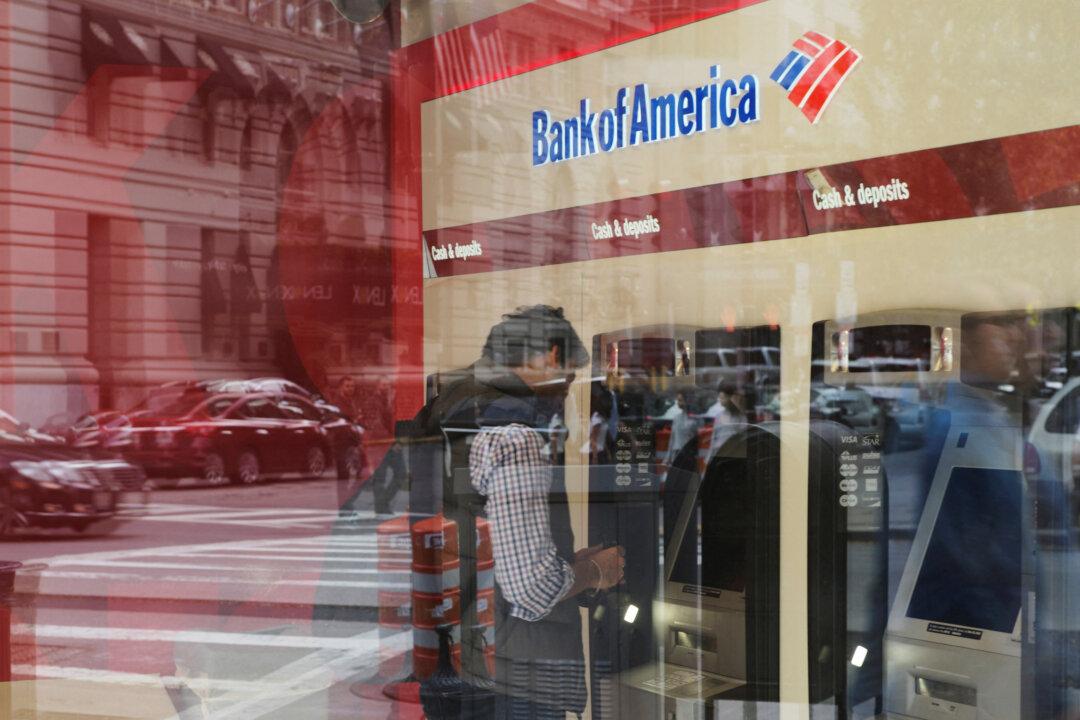Bank of America Corp. on Monday reported a smaller-than-expected 9 percent drop in quarterly profit, as its interest income was bolstered by rising interest rates that offset a slump in investment banking.
The U.S. Federal Reserve’s aggressive move to tighten monetary policy this year to tame inflation has boosted the amount that banks can earn from charging interest on loans to consumers and businesses.





